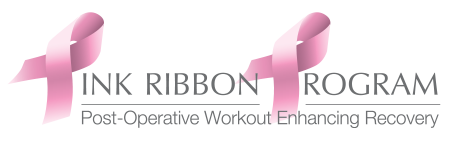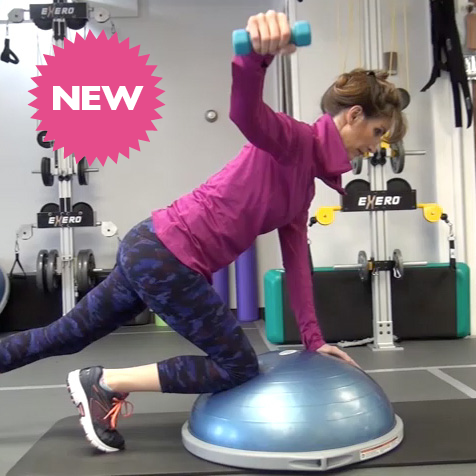Product Description
Pink Ribbon Program Corrective Shoulder Course
Corrective Exercises for Common Shoulder Injuries/Surgeries
Shoulder instability and shoulder injuries are very common and have many causes. Before you can design an exercise program to help your clients with shoulder instability and injury recovery, you must first understand shoulder structure and function, common causes of instability and potential injuries. Armed with this knowledge, you can make better decisions about the functional issues that can be addressed through a fitness program, appropriate movement assessments and resultant exercises, and when to refer.
The shoulder complex combines the more stable scapula-thoracic joint with the more mobile gleno-humeral joint to produce very large ranges of motion in all planes. Many factors can contribute to shoulder instability, and all of them increase the risk of shoulder injury. Clients at all levels of fitness can have shoulder instability. It is important to select the correct exercises for mobility and strength to address their specific instability issues at appropriate resistance levels for their current fitness levels. For some clients this may mean starting with single-plane movements, then adding resistance and finally moving to diagonal and multi-planar movements. Exercises should not be painful, and any client who has recurring or extended pain should be referred to his or her physician for evaluation.
When designing a Corrective Exercise Programming for Shoulders always create a program to improve function, posture and athletic performance. Remember to always consider the full shoulder complex.
This course will review the Glenohumeral Joint • Acromioclavicular Joint • Sternoclavicular Joint, and the muscles that act upon those joints. We will review common shoulder injuries/surgeries and the exercises that address those issues.
Course Includes:
11 Video Modules (45 minutes)
- Module One: Shoulder Complex including joint structures, bones, ligaments, tendons, musculature (9:33)
- Module Two: Joint structure continued, Types of Injuries, Scapular-Humeral Rhythm. (4:11)
- Module Three: Sterno-Clavicular Joint (1:36)
- Module Four: Muscles of Rotator Cuff, Deep Musculature, Muscles that act upon the Scapula (9:02)
- Module 5: Introduction to the Exercises (2:10)
- Module 6: Shoulder Flexion with progression and regression (3:45)
- Module 7: Shoulder Abduction/Adduction with progression and regression (1:45)
- Module 8: Horizontal Abduction with progression and regression (1:47)
- Module 9: Internal & External Rotation with progression and regression (2:22)
- Module 10: Circumduction with progression and regression (2:15)
- Module 11: Scapula Mobility (4:36)
2 Downloadable PDFs
- 24 Causes of Shoulder Pain. There are many causes for shoulder pain. Shoulder pain can be caused by inflamed tendons, pulled muscles, a damaged rotator cuff, and even injury to other parts of the body such as the arm or neck. Some of the most widespread shoulder pain causes are arthritis, cuff tendinitis, rotator cuff impingement or damage, or a condition called bursitis, which is caused by the formation of a fluid sac underneath the top part of the shoulder.
But where do we draw the line between common shoulder injuries and what could be a more serious cause of pain in the shoulder? In this guide, we’ll explore several different shoulder pain causes, starting with the most common, low-risk causes and working our up to serious conditions that require you to seek medical attention. (14 pages)
- Study Guide for Corrective Exercises for Common Shoulder Injuries & Surgeries. Includes Shoulder Anatomy, Joint Structure and Function, Musculature. (74 pages.)

